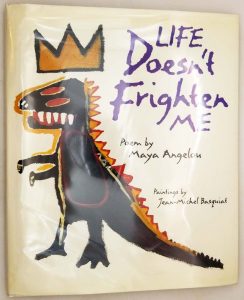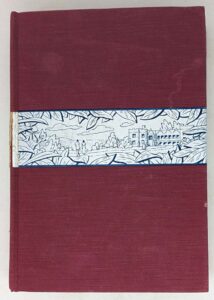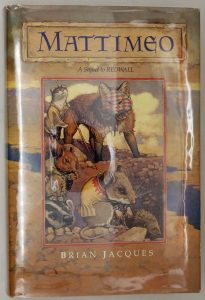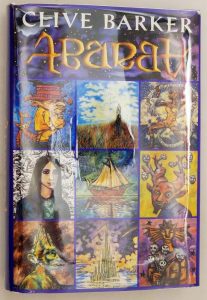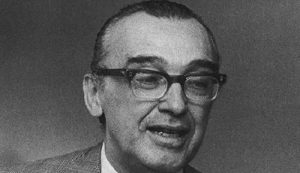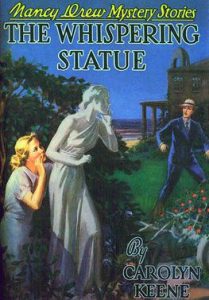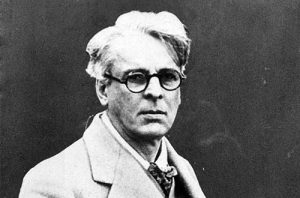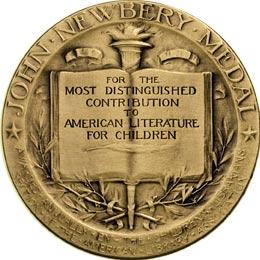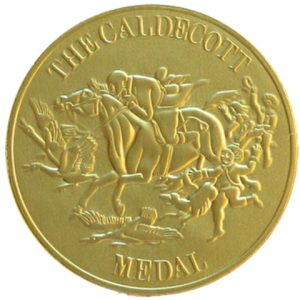John Steinbeck: Chronicler of the American Struggle
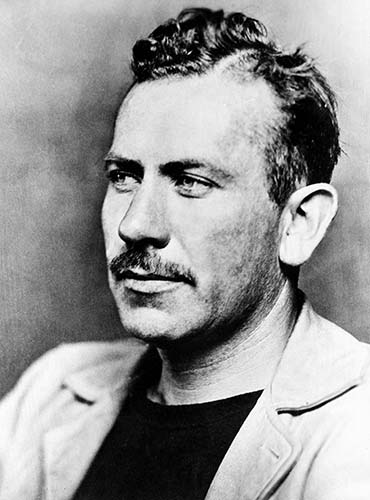
Early Life and Formative Years
John Ernst Steinbeck was born on February 27, 1902, in Salinas, California, a region that would deeply influence his writing. His father, John Ernst Steinbeck Sr., worked as a county treasurer, while his mother, Olive Hamilton Steinbeck, was a former schoolteacher who instilled in him a love of literature. The Salinas Valley’s agricultural landscape—with its migrant workers, ranchers, and labor struggles—would later become the backdrop for many of his greatest works.
As a boy, Steinbeck spent summers working on nearby ranches, gaining firsthand experience of rural labor that would shape his social consciousness. He attended Salinas High School, where he excelled in writing, and later enrolled at Stanford University in 1919. However, he never graduated, leaving in 1925 without a degree to pursue writing in New York City.
Early Career and Struggles
Steinbeck’s early years as a writer were marked by financial hardship. In New York, he worked as a laborer and journalist while attempting to publish his fiction. After failing to find success, he returned to California in 1928, where he took odd jobs—including caretaking at a Lake Tahoe estate—while writing his first novels.
His debut, Cup of Gold (1929), a historical novel about the pirate Henry Morgan, was a commercial failure. The follow-up, The Pastures of Heaven (1932), a short story collection set in a California valley, showed promise but still did not earn him widespread recognition. It wasn’t until Tortilla Flat (1935), a humorous yet poignant tale of Mexican-American paisanos in Monterey, that Steinbeck achieved critical and financial success, winning the California Commonwealth Club’s Gold Medal.
The Great Depression and Social Consciousness
The 1930s were Steinbeck’s most politically engaged period. The Great Depression and the Dust Bowl migration profoundly affected him, and he became a vocal advocate for displaced workers. In 1936, he published In Dubious Battle, a novel about a labor strike that showcased his growing interest in social justice.
His journalistic work also deepened his empathy for the poor. In 1937, he traveled with migrant workers from Oklahoma to California, an experience that inspired Of Mice and Men (1937), a tragic novella about two itinerant ranch workers dreaming of a better life. The book’s success led to a Broadway adaptation and cemented Steinbeck’s reputation as a major American writer.
The Grapes of Wrath and Literary Immortality
Steinbeck’s masterpiece, The Grapes of Wrath (1939), was born from his reporting on Dust Bowl refugees for The San Francisco News. The novel follows the Joad family as they flee Oklahoma’s drought-stricken lands for California, only to face exploitation and hardship. A searing indictment of corporate greed and systemic poverty, the book was both celebrated and condemned—some California farmers burned copies, while critics hailed it as a Great American Novel.
It won the 1940 Pulitzer Prize and became a bestseller, though its political message made Steinbeck a controversial figure. The FBI even monitored him for suspected communist sympathies, though he denied being a Marxist, stating he was simply “in revolt against the sorrows of the world.”
World War II and Later Works
During World War II, Steinbeck served as a war correspondent, writing dispatches from Europe and North Africa. His experiences influenced The Moon Is Down (1942), a novel about resistance in Nazi-occupied Europe, which was secretly distributed in underground editions by anti-fascist movements.
After the war, Steinbeck’s fiction shifted in tone. Cannery Row (1945) and East of Eden (1952) retained his social concerns but incorporated more philosophical and biblical themes. East of Eden, a multi-generational saga set in the Salinas Valley, was his most ambitious work, blending family drama with allegorical depth. Though not initially as acclaimed as The Grapes of Wrath, it has since been recognized as one of his greatest achievements.
Personal Life and Challenges
Steinbeck’s personal life was marked by turbulence. He married Carol Henning in 1930, but their marriage deteriorated under financial and professional pressures, ending in divorce in 1943. He quickly remarried singer Gwyndolyn Conger, with whom he had two sons, Thomas and John IV, but this marriage also ended in divorce in 1948. In 1950, he married Elaine Scott, who provided stability in his later years.
Despite his success, Steinbeck struggled with self-doubt and the burden of fame. After The Grapes of Wrath, critics often dismissed his later works as inferior, which deeply affected him. He also faced health problems, including heart disease, and battled depression.
Nobel Prize and Final Years
In 1962, Steinbeck was awarded the Nobel Prize in Literature for his “realistic and imaginative writing, combining as it does sympathetic humor and keen social perception.” The decision was controversial—some critics argued his best work was behind him—but the award affirmed his place in literary history.
His final major work, Travels with Charley (1962), a travelogue of his cross-country road trip with his poodle, Charley, became a bestseller. Though later scrutinized for possible fictionalization, it remains a beloved portrait of America in transition.
Steinbeck died of heart failure on December 20, 1968, in New York City. His ashes were buried in Salinas, the valley that had inspired so much of his writing.
Influence and Modern Relevance
Steinbeck’s novels remain staples of American literature, studied in schools and adapted into films, plays, and operas. The Grapes of Wrath is frequently invoked during economic crises, and Of Mice and Men continues to resonate for its exploration of friendship and shattered dreams.
Though some critics initially dismissed him as sentimental or simplistic, later reassessments have cemented his status as one of America’s greatest writers. His ability to merge social critique with profound humanity ensures his work endures.
As he once wrote:
“I wonder how many people I’ve looked at all my life and never seen.”
John Steinbeck’s genius lay in seeing—and making us see—the struggles and dignity of those too often overlooked. His voice remains essential in understanding not just America’s past, but its present.
John Steinbeck – First Editions Identification Guide
| Year | Title | Publisher | First edition/printing identification points |
|---|---|---|---|
| 1929 | Cup of Gold | Robert M. McBride, New York, 1929 | Yellow cloth. "First published, August, 1929" stated on © page. Dust Jacket spine has "McBride" at tail of spine, price of $2.50. |
| 1932 | The Pastures of Heaven | Brewer, Warren & Putnam, NY, 1932 | Green cloth. Three issues, priority as listed:
|
| 1935 | To a God Unknown | NY: Robert O. Ballou, [1933] | Two issues, priority as listed:
|
| 1936 | Tortilla Flat | Covici Friede Publishers, [1935] |
|
| 1937 | The Red Pony | Covici Friede Publishers, 1937 | Beige cloth. Limited to 699 copies, numbered & signed by the author. Note: There maybe 52 signed lettered copies, numbered from AA-ZZ with same limitation page. |
| 1937 | In Dubious Battle | Covici Friede Publishers, [1936] | Two issues, no priority:
|
| 1938 | The Long Valley | The Viking Press, 1938 | Brown cloth: "FIRST PUBLISHED IN SEPTEMBER 1938" stated on the © page. Dust Jacket price of $2.50, back panel has no text. |
| 1938 | Their Blood is Strong | Simon J. Lubin Society of California | Wrappers. "Published, April, 1938 " on title page, no other printings. Price of 25c. |
| 1939 | The Grapes of Wrath | The Viking Press, 1938 | Gray cloth. "FIRST PUBLISHED IN APRIL 1939" on © page with no other printings mentioned. Dust Jacket price of $2.75 and "FIRST EDITION" slug printed on lower front flap. |
| 1941 | The Forgotten Village | The Viking Press, 1941 | Coarse buckram. "FIRST PUBLISHED IN MAY 1941" on © page. No additional printings. |
| 1941 | Sea of Cortez: A Leisurely Journal of Travel and Research | The Viking Press, 1941 |
|
| 1942 | The Moon Is Down | The Viking Press, MCMXLII | Two issues, no priority:
|
| 1942 | Bombs Away: The Story of a Bomber Team | The Viking Press, 1942 | Blue cloth. "FIRST PUBLISHED BY THE VIKING PRESS IN NOVEMBER 1942" stated on the © page, no other printings. Dust Jacket price of $2.50 on top of front flap.. |
| 1945 | Cannery Row | The Viking Press, 1945 | Two issues, no priority:
|
| 1947 | The Wayward Bus | The Viking Press, 1947 | Bright red cloth. "PUBLISHED BY THE VIKING PRESS IN FEBRUARY 1947" stated on top of the © page and "PRINTED IN THE U.S.A BY THE HADDON CRAFTSMEN" on the bottom, no other printings. Top edge stained green. Dust Jacket price of $2.75. Note: Do not confuse with the common BCE issued in salmon cloth, top edge not stained and printed by H. WOLFF, NEW YORK. |
| 1947 | The Pearl | The Viking Press, 1947 | Brown cloth. "PUBLISHED BY THE VIKING PRESS IN DECEMBER 1947" on © page, no other printings. Dust Jacket price of $2.00 and the portrait of Steinbeck on the back panel is looking toward his left (spine). |
| 1948 | A Russian Journal | The Viking Press, 1948 | Four bindings, in order of scarcity, no priority:
|
| 1950 | Burning Bright | The Viking Press, 1950 | Gray cloth. "FIRST PUBLISHED BY THE VIKING PRESS IN NOVEMBER 1950" stated on © page, no other printings. Dust Jacket price of $2.50. |
| 1951 | The Log from the Sea of Cortez | The Viking Press, 1951 | Maroon cloth. Second edition, reissued of the 1941 edition with new title, contains first appearance of "About Ed Ricketts". "PUBLISHED BY THE VIKING PRESS IN SEPTEMBER 1951" stated on © page. Dust Jacket price of $4.50. |
| 1952 | East of Eden | The Viking Press, 1952 | Two issues, no priority:
|
| 1954 | Sweet Thursday | The Viking Press, 1954 | Two issues, no priority:
|
| 1957 | The Short Reign of Pippin IV: A Fabrication | The Viking Press, 1957 | Strawberry cloth. "FIRST PUBLISHED IN 1957" and printed by "BY AMERICAN BOOK-STRATFORD PRESS, INC. NEW YORK". Dust Jacket price of $3.50, rear panel has blurb for Pippin. ALSO: Book Club Edition. Lacks printer statement and a small round dot on the bottom corner of the rear board. |
| 1958 | Once There Was A War | The Viking Press, 1958 | Brown marbled boards. "Published in 1958 by The Viking Press, Inc." stated on © page, no other printings. Dust Jacket price of $3.95. |
| 1961 | The Winter of Our Discontent | The Viking Press, 1961 | Two issues, no priority:
|
| 1962 | Travels with Charley: In Search of America | The Viking Press, [1962] | Gray cloth. "Published in 1962 by The Viking Press, Inc." on © page, no other printings. Dust Jacket price of $4.95. |
| 1966 | America and Americans | The Viking Press, 1961 | Gray borads. "First published in 1966 by the Viking Press, Inc." stated on © page. Dust Jacket price of $12.50. |
| 1937 | Of Mice and Men | Covici Friede Publishers, [1937] | Beige cloth. Two issues, priority as listed:
|
John Steinbeck – First Printing Dust Jackets Identification Guide
Gallery of First state Dust Jackets.
Reference:
- John Steinbeck a bibliographical catalogue of the Adrian H. Goldstone Collection.
